As the saying goes, “less is more,” and black and white minimal photographs convey this concept perfectly. While this genre of photography might seem simple, it's still challenging because black and white photography is not defined in only two colours. There are many shades of grey, ranging from the blackest black to the whitest white, and they should be used in creative ways in order to get a truly stunning monochrome photograph.
Indeed black and white is an amazing medium, and if you want to learn how to emulate the masters of black and white photography, please take a look at Kent DuFault's Better Black And White Guide.
The following examples of minimal b&w photographs are excellent not only because of the interesting arrangement of various shades of grey but also because of their strong, eye-catching compositions.
We hope these inspire you to shoot (or convert) your more minimalist photos to black and white
Convert Your Images To Dramatic Black And White
Studying these striking minimalist images in black and white is a way to get inspiration and to get your creative juices flowing.
The Better Black And White Guide – will ensure you get images that are timeless.
If you are interested, this guide will teach you everything you need to know about controlling tone and contrast to get the images you want. Click here now to check it out.
[thrive_text_block color=”note” headline=””]The Better Black And White Guide – will ensure you get images that are timeless. Do check out Kent DuFault's guide as it will teach you everything you need to know about converting your images to black and white. Click here now to take a look [/thrive_text_block]
Have You Been Inspired By These Striking And Timeless Images?
Make sure you take a look at Kent DuFault's Better Black And White Guide. This is a complete step by step guide to creating stunning black and white conversions – including teaching you everything you need to know about controlling tone and contrast to get the image you want.
If you missed out on your copy last time, it is available again, and on sale right now.





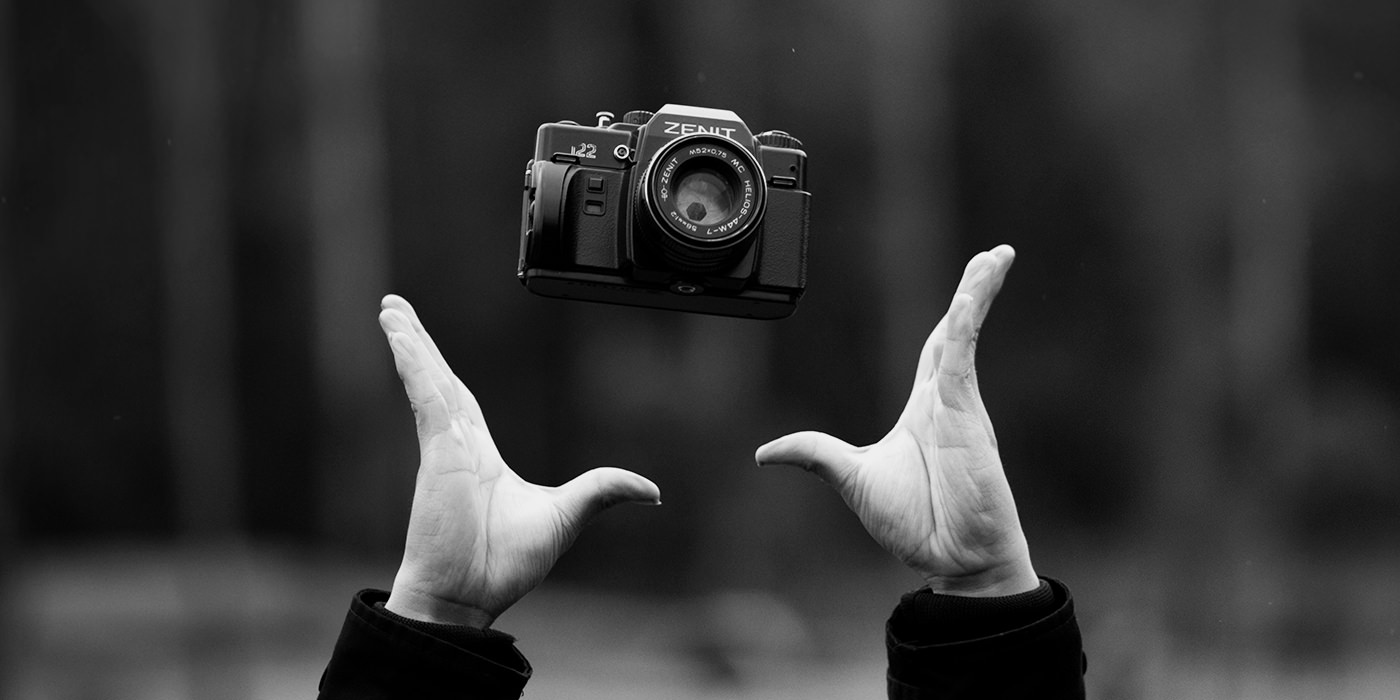
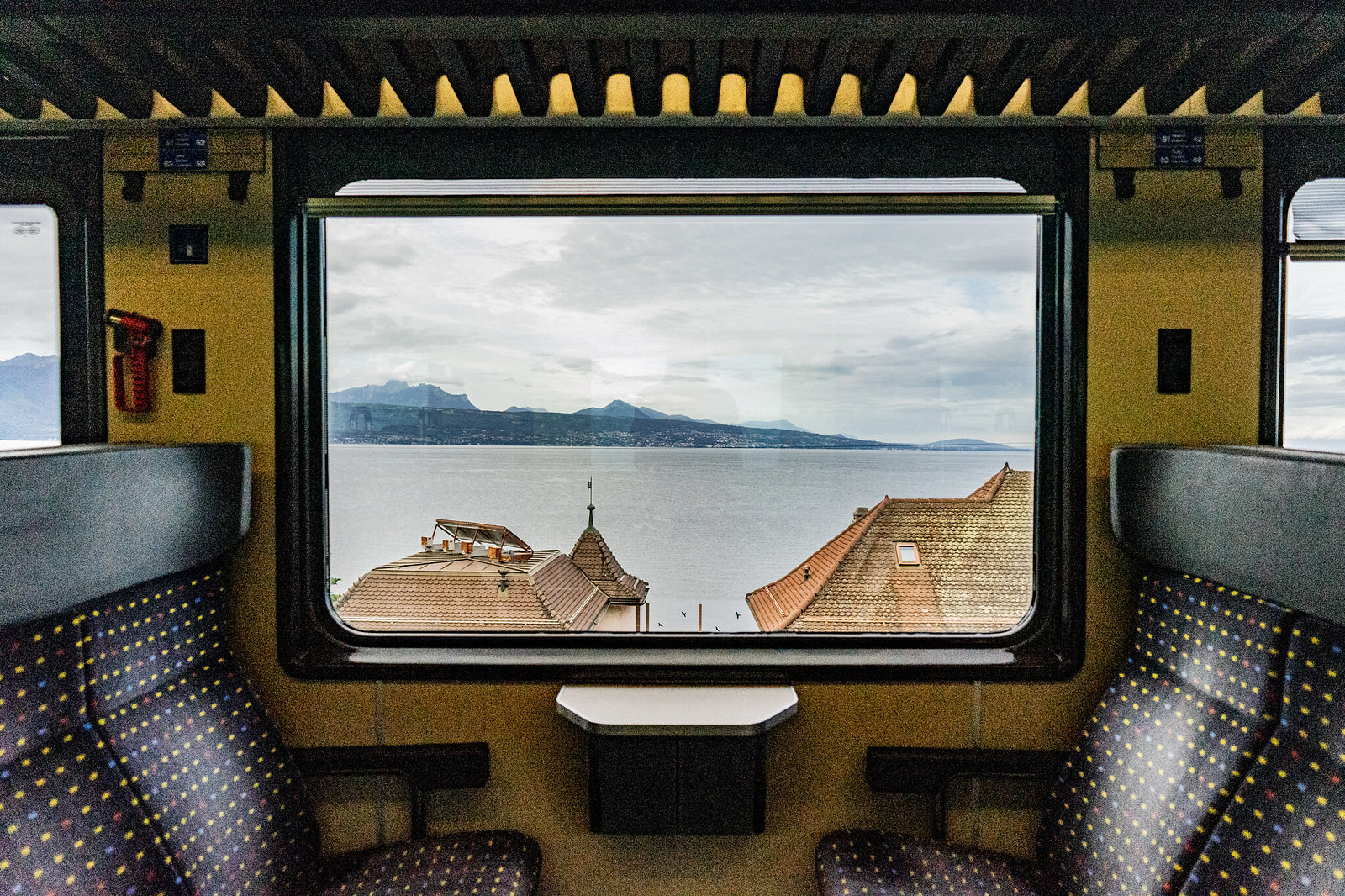
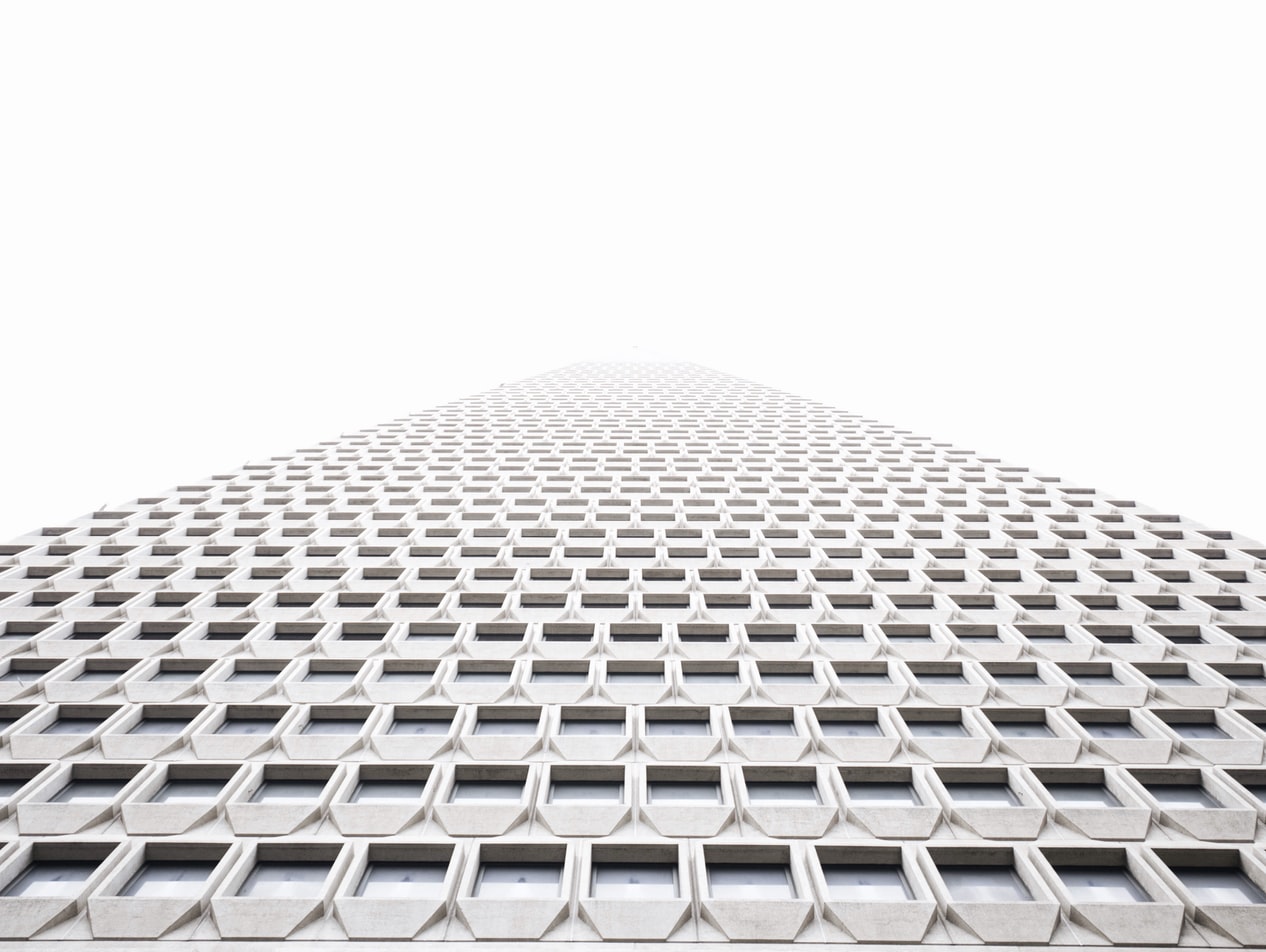
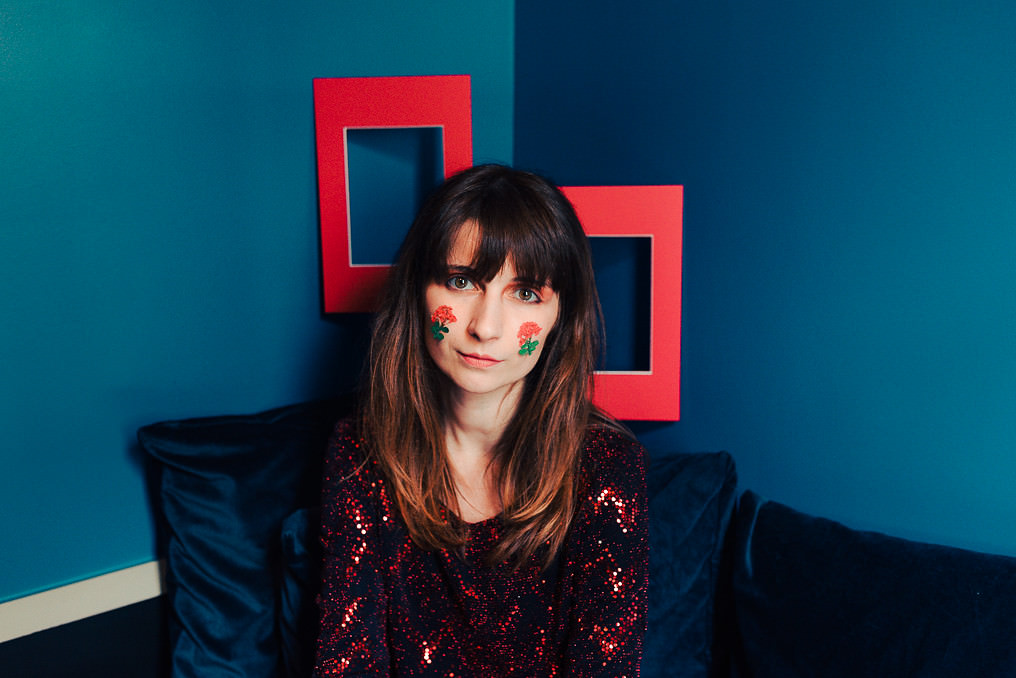


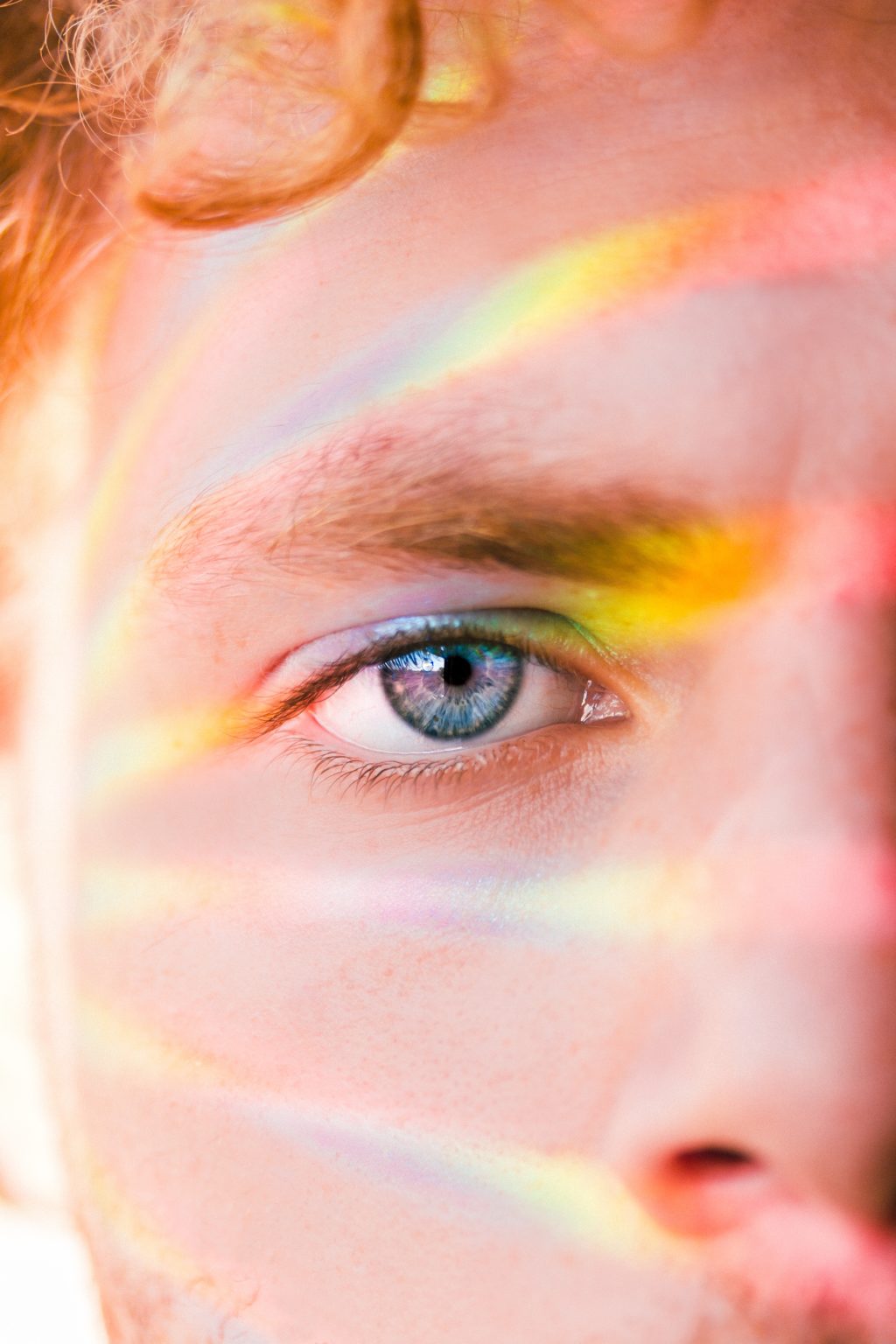
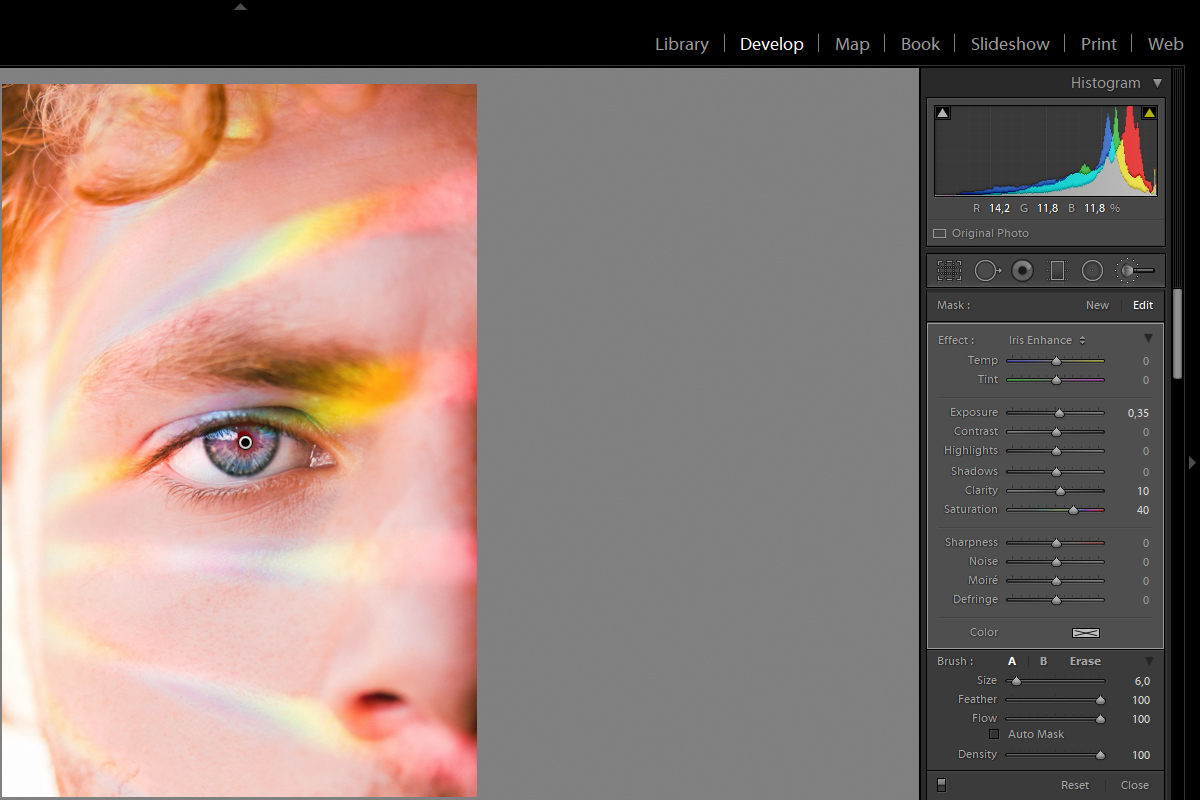
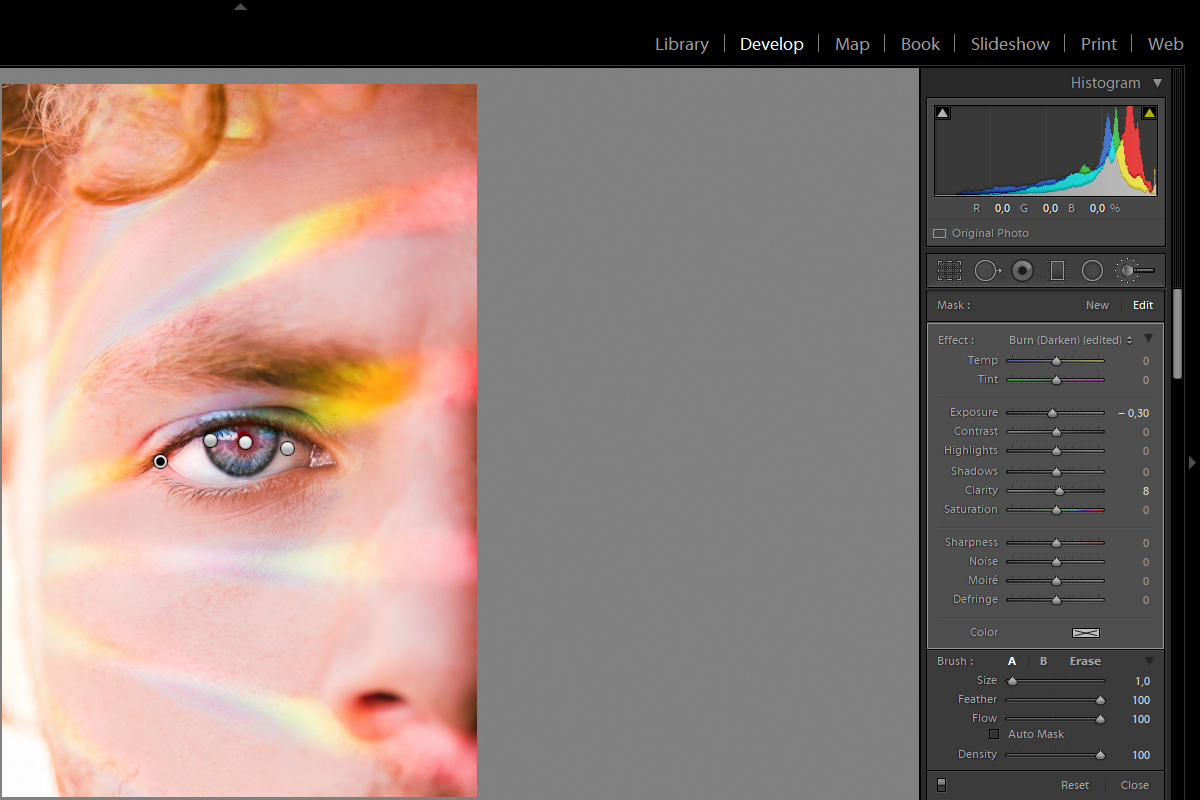
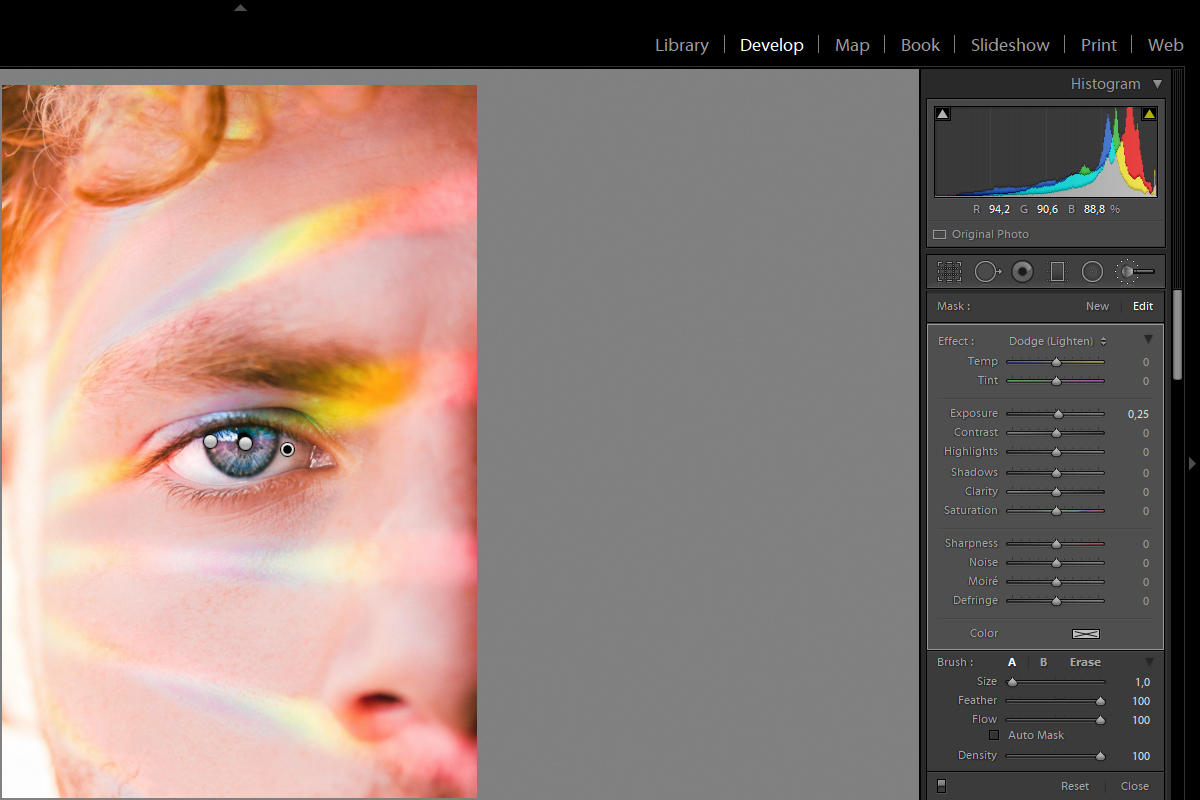
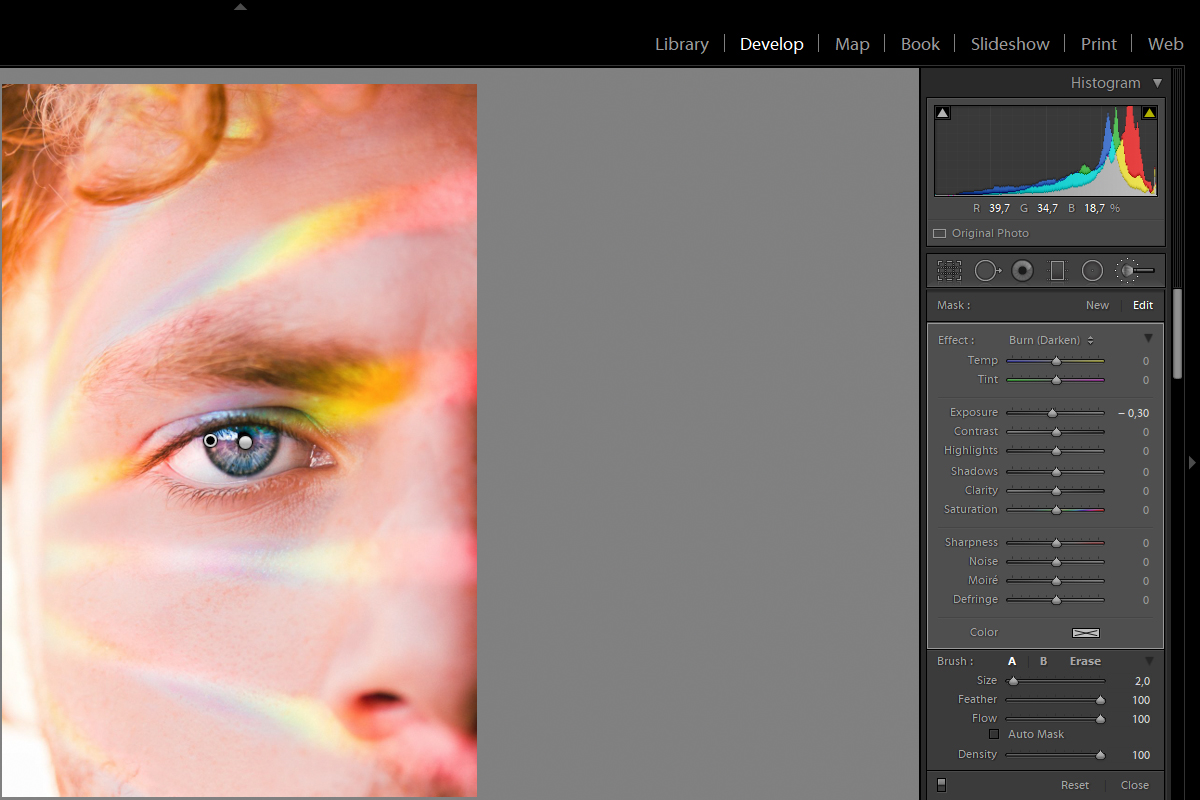
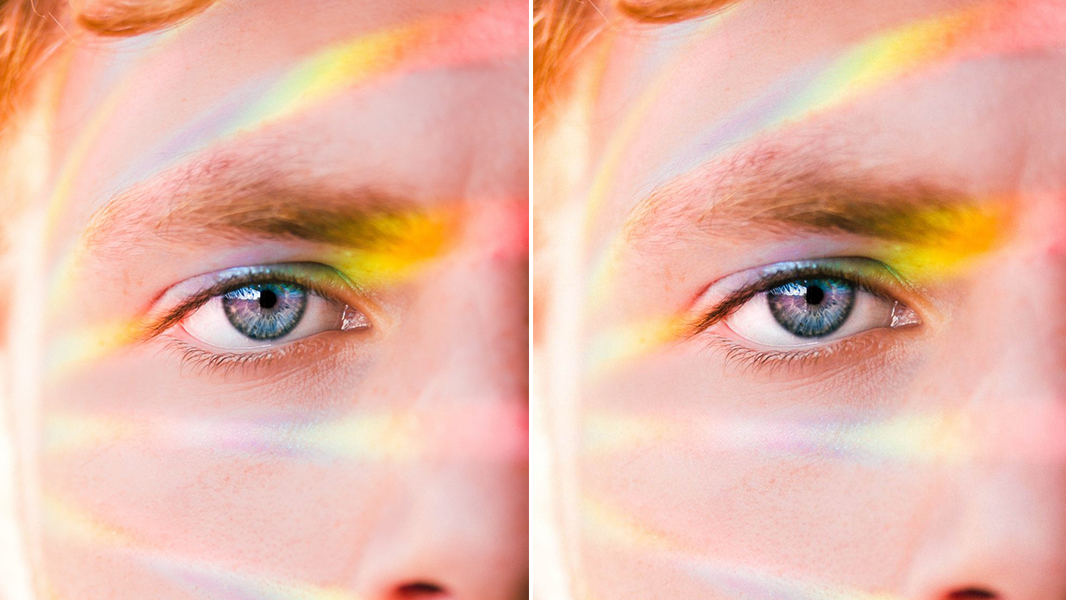

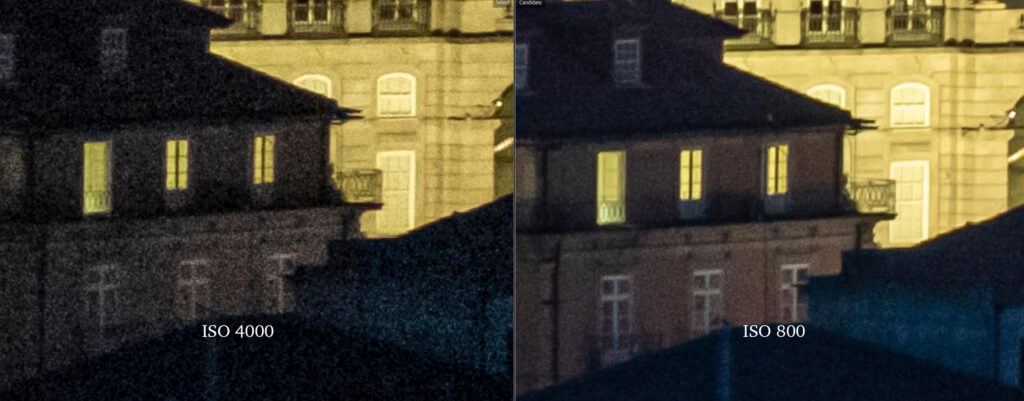
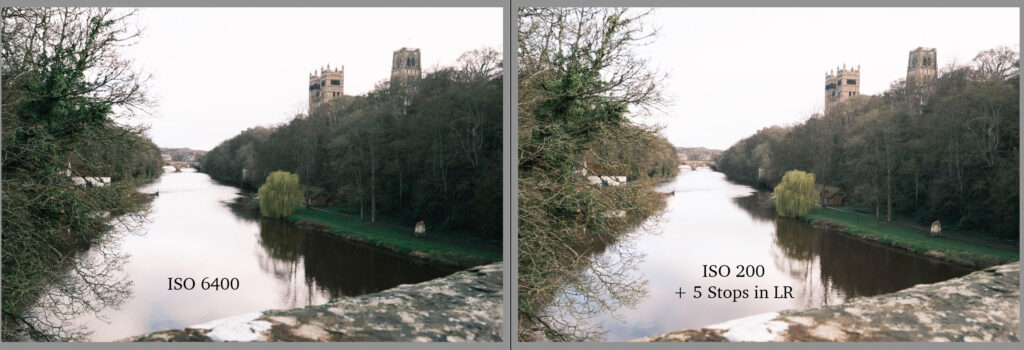
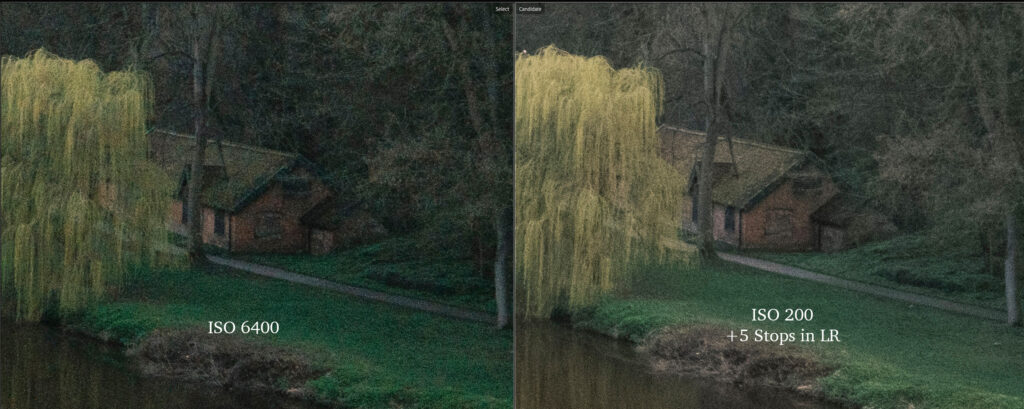
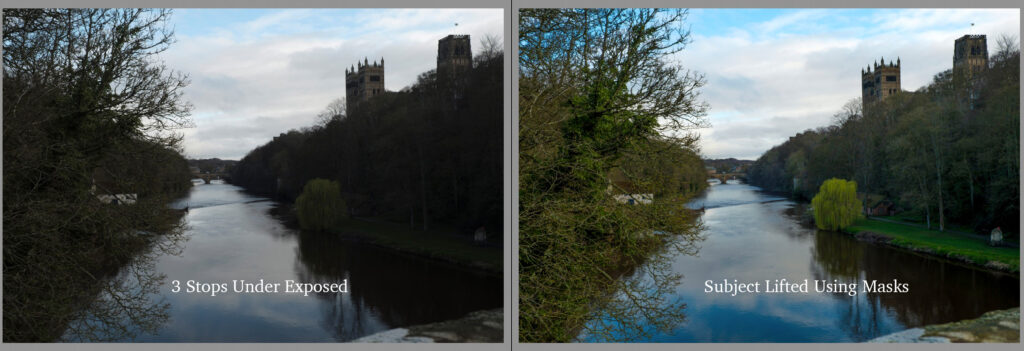
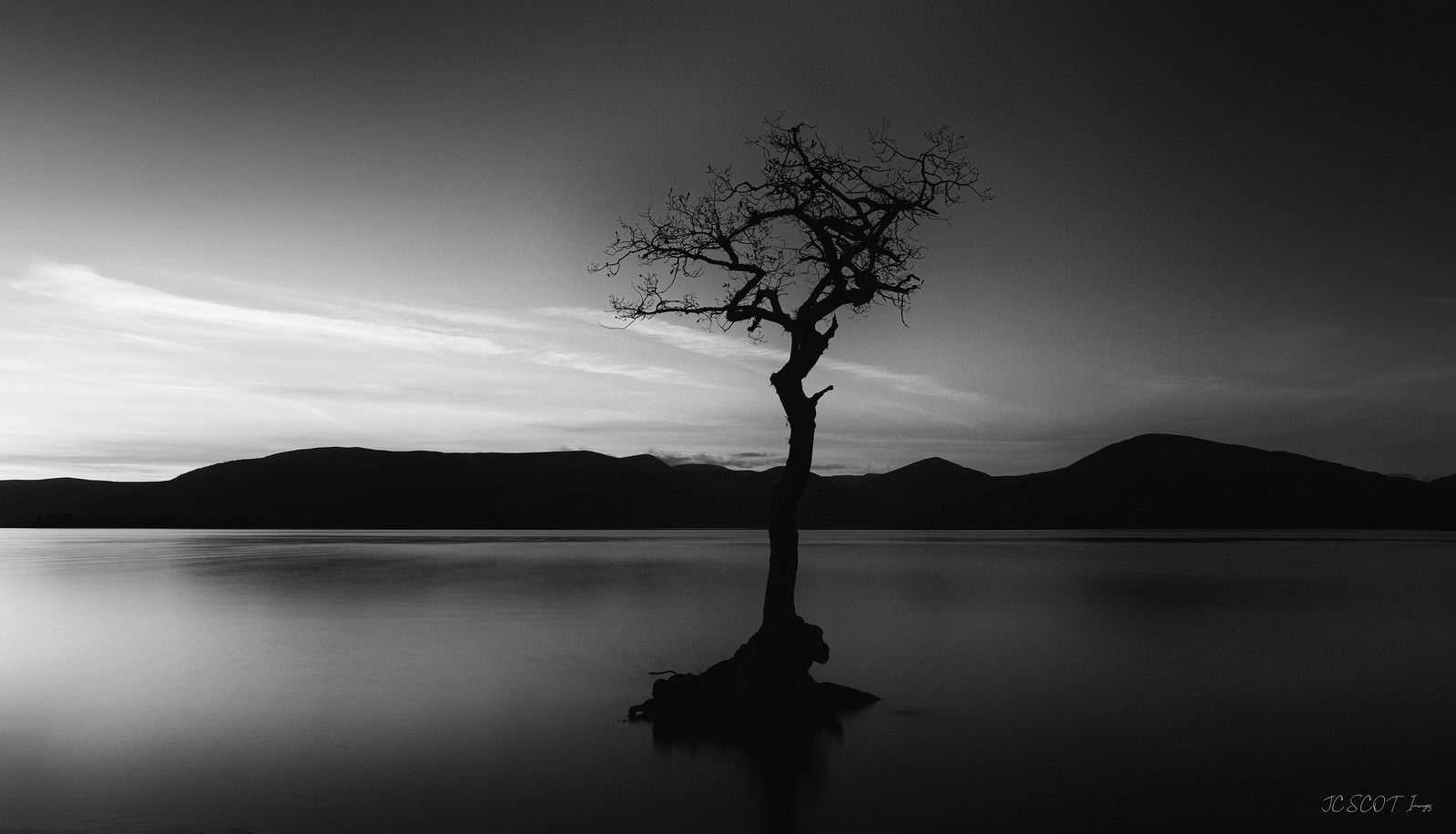
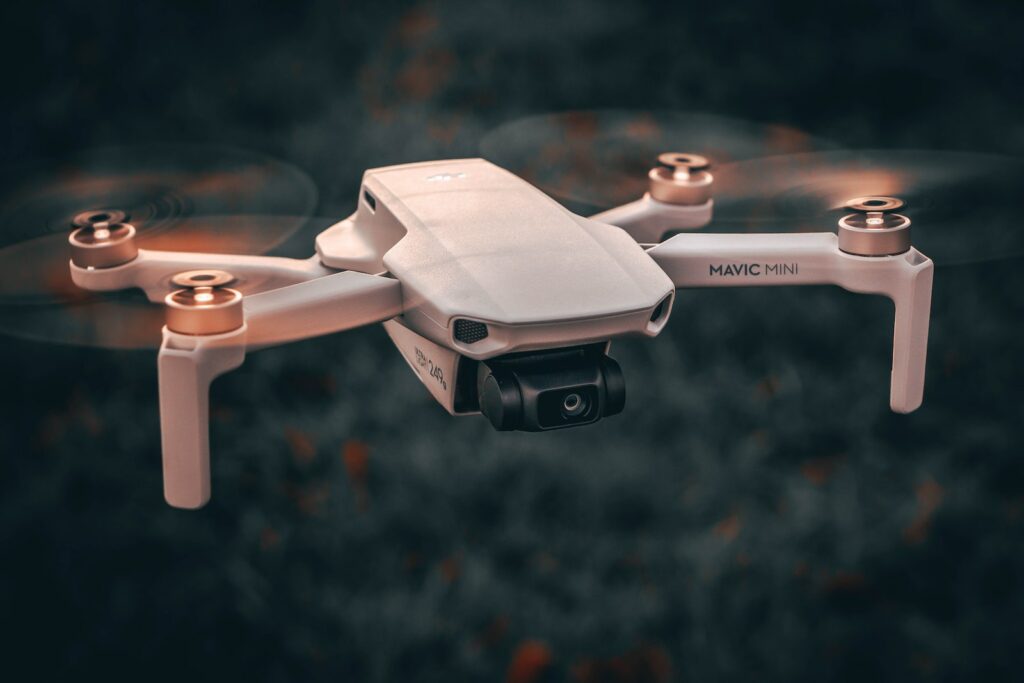
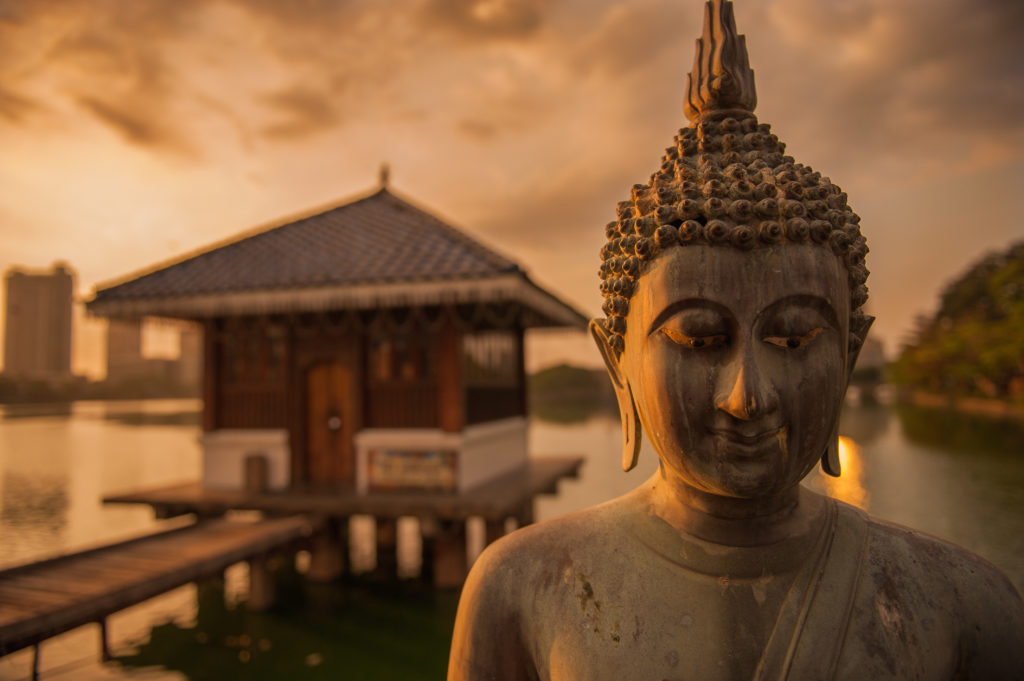
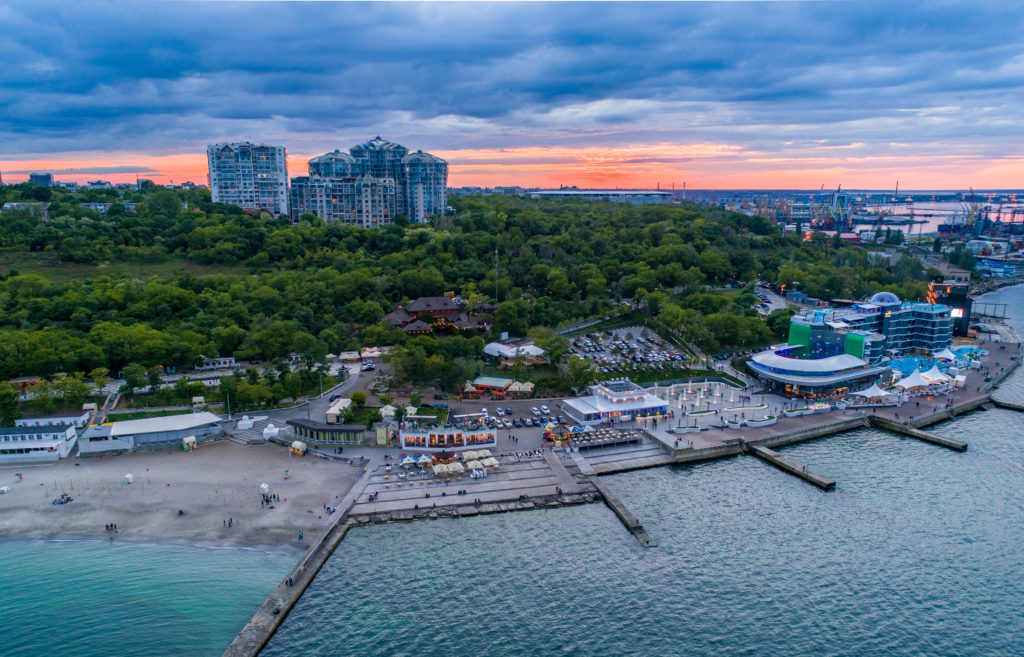
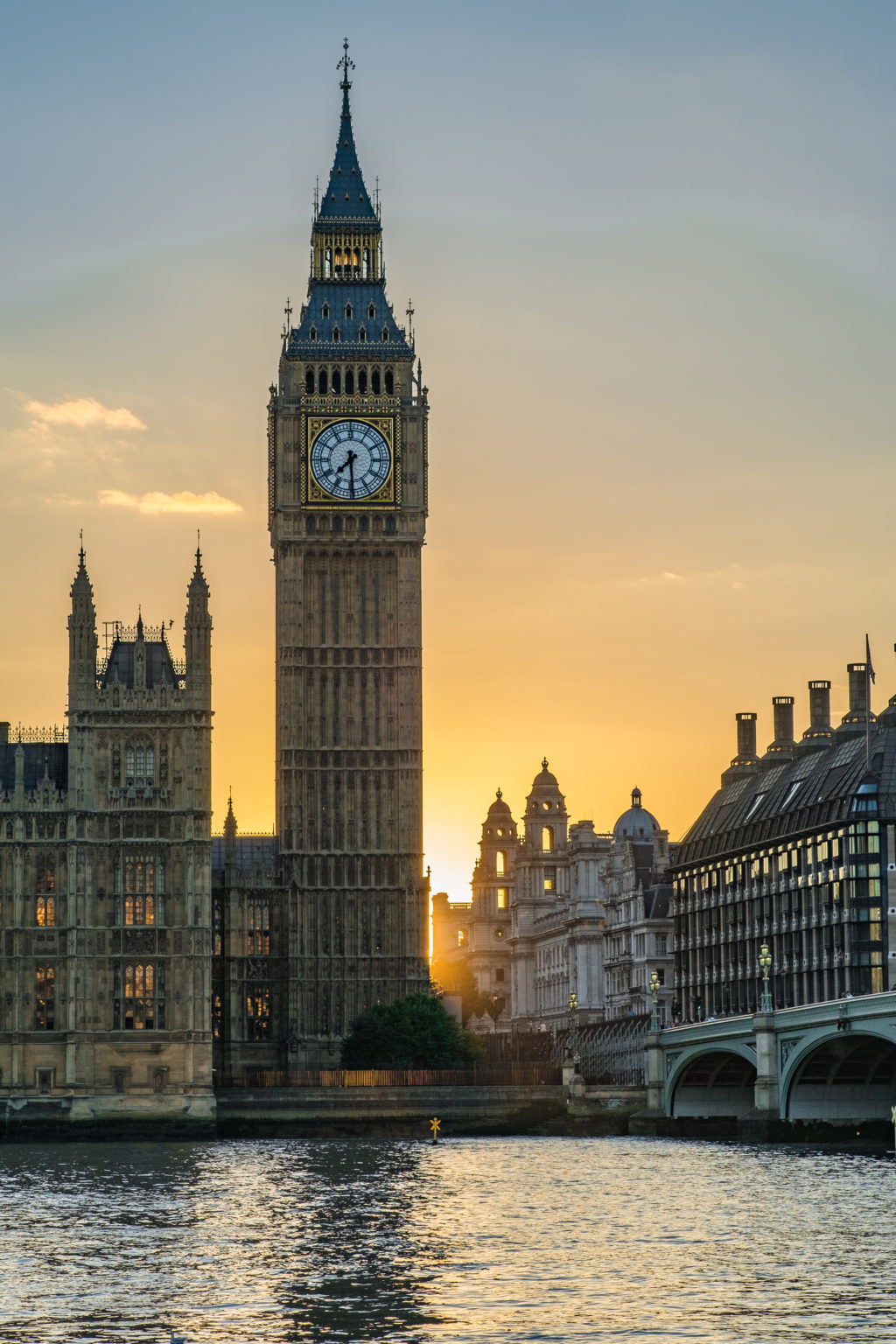
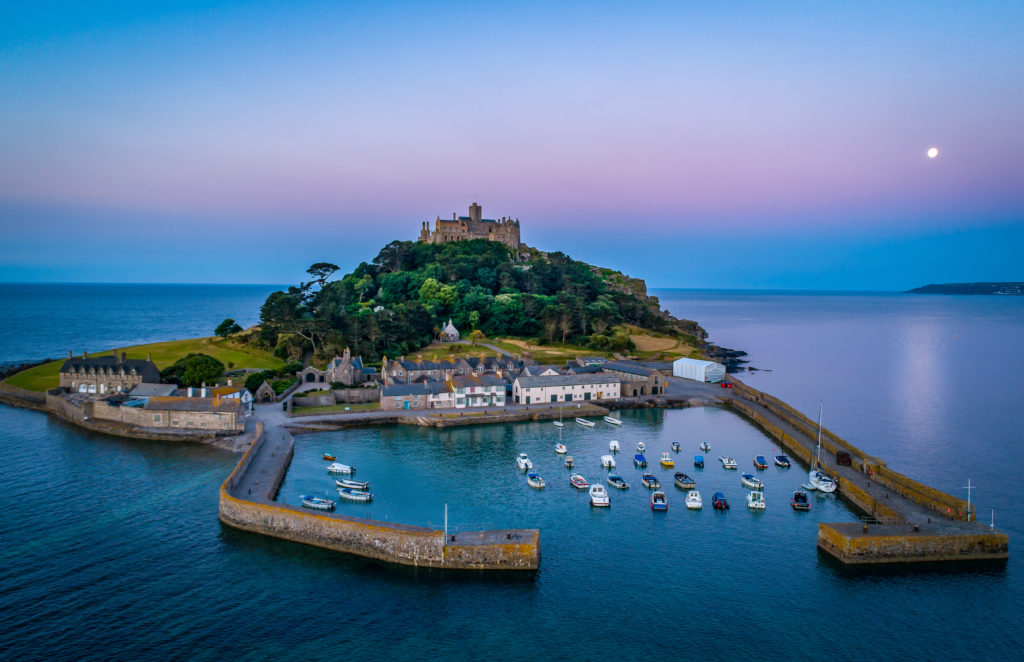
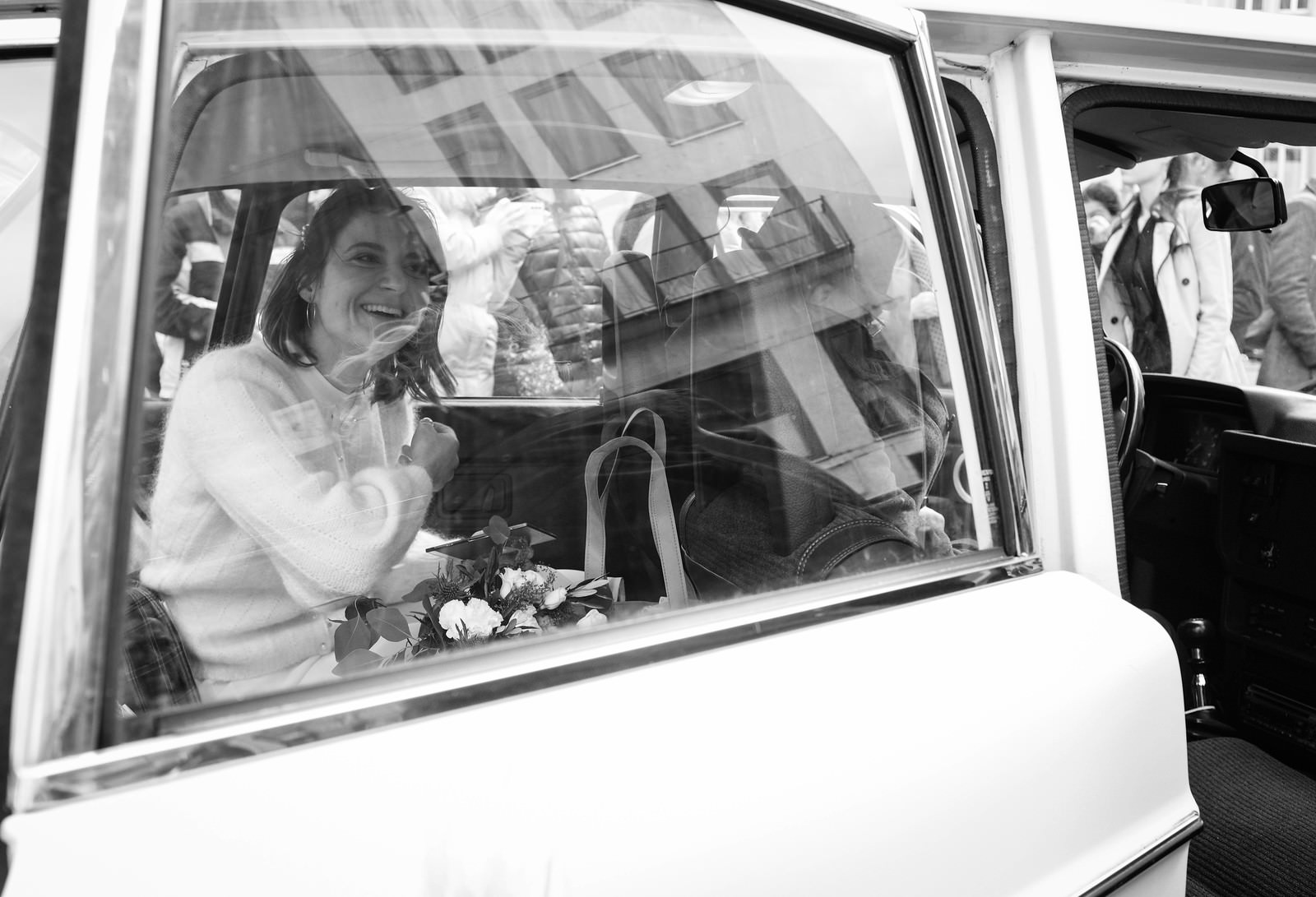
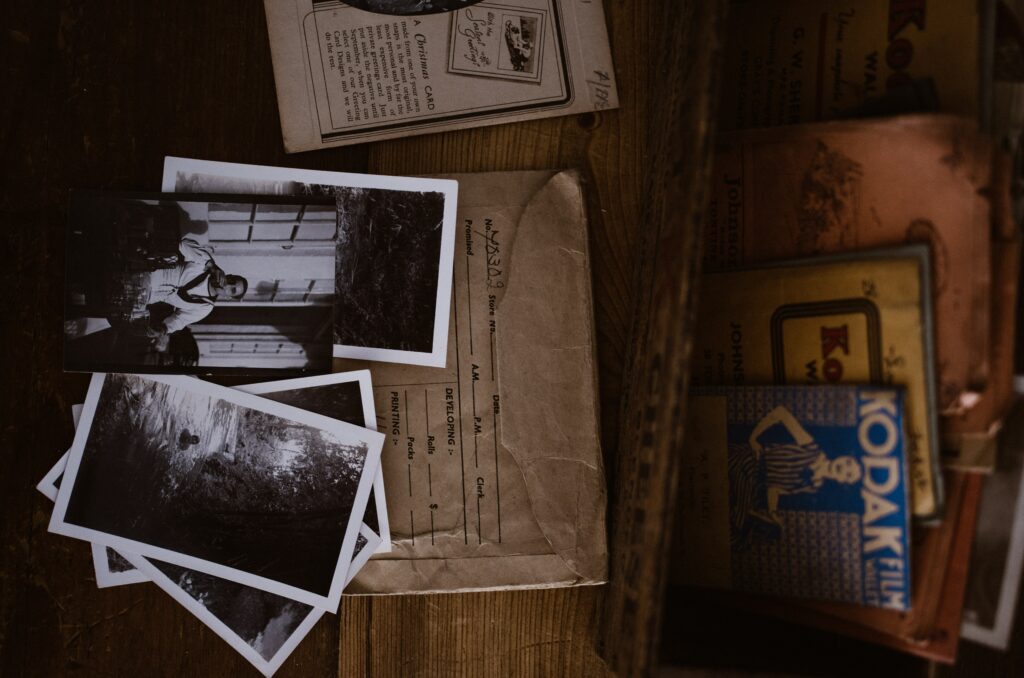
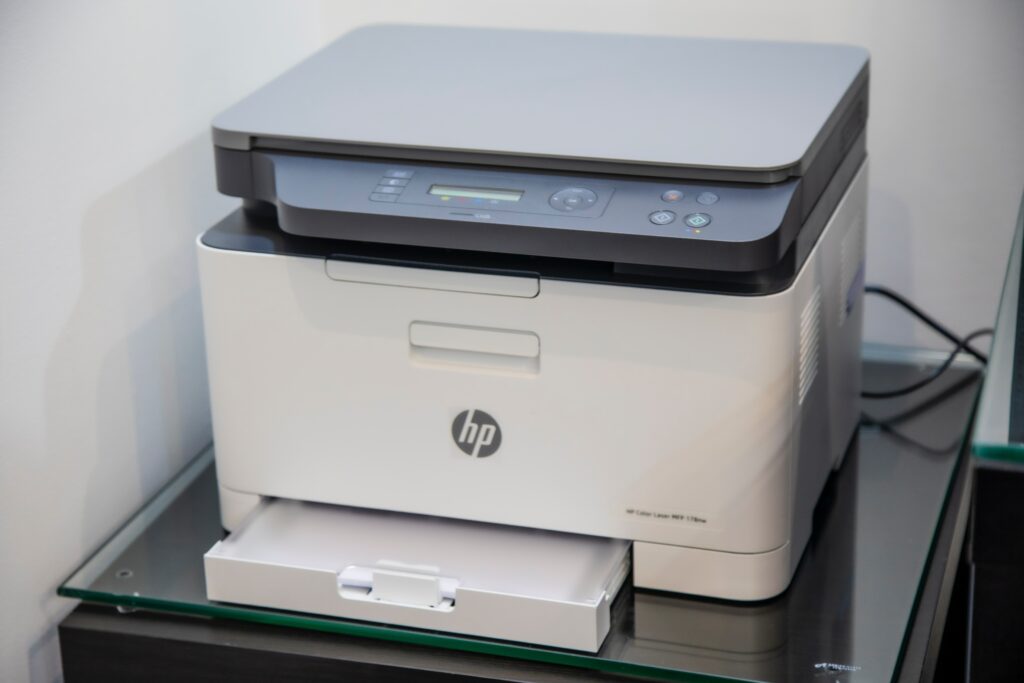
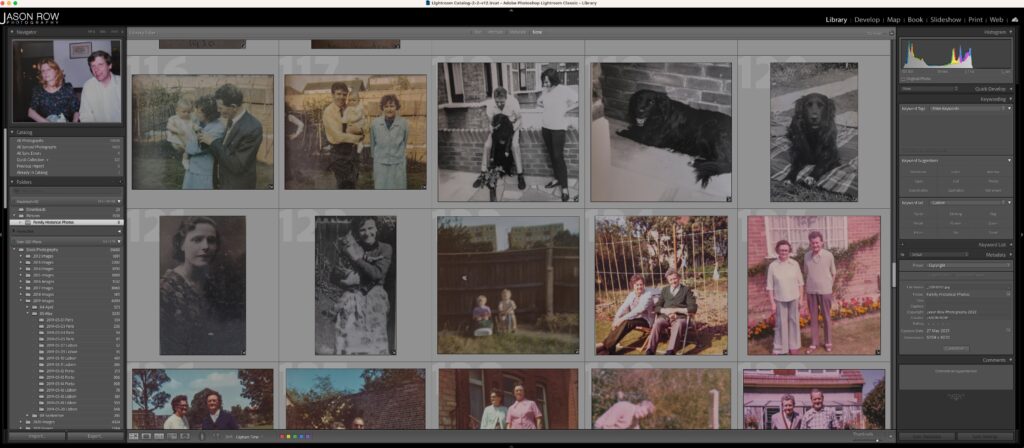
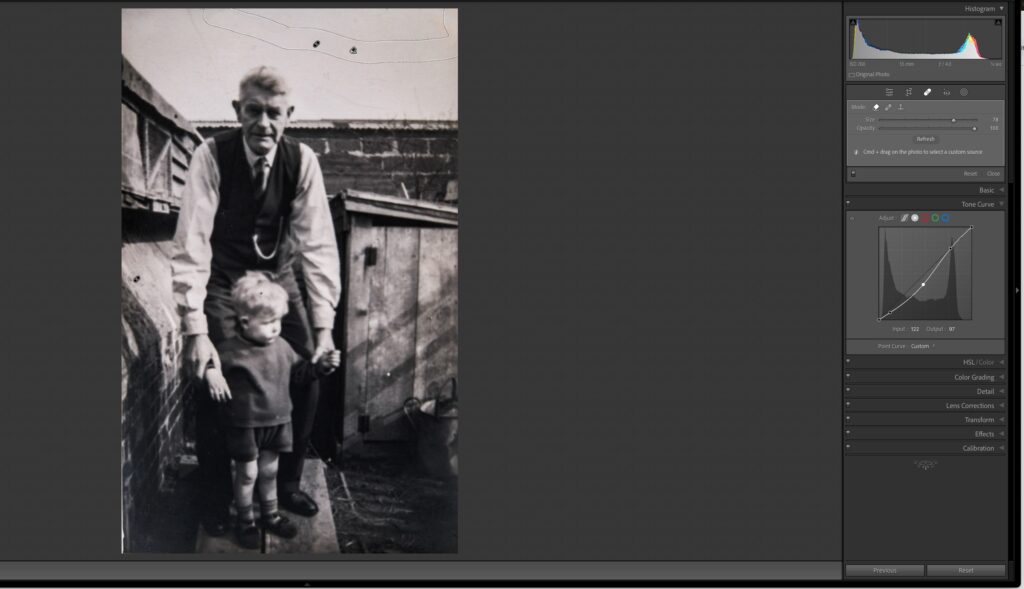
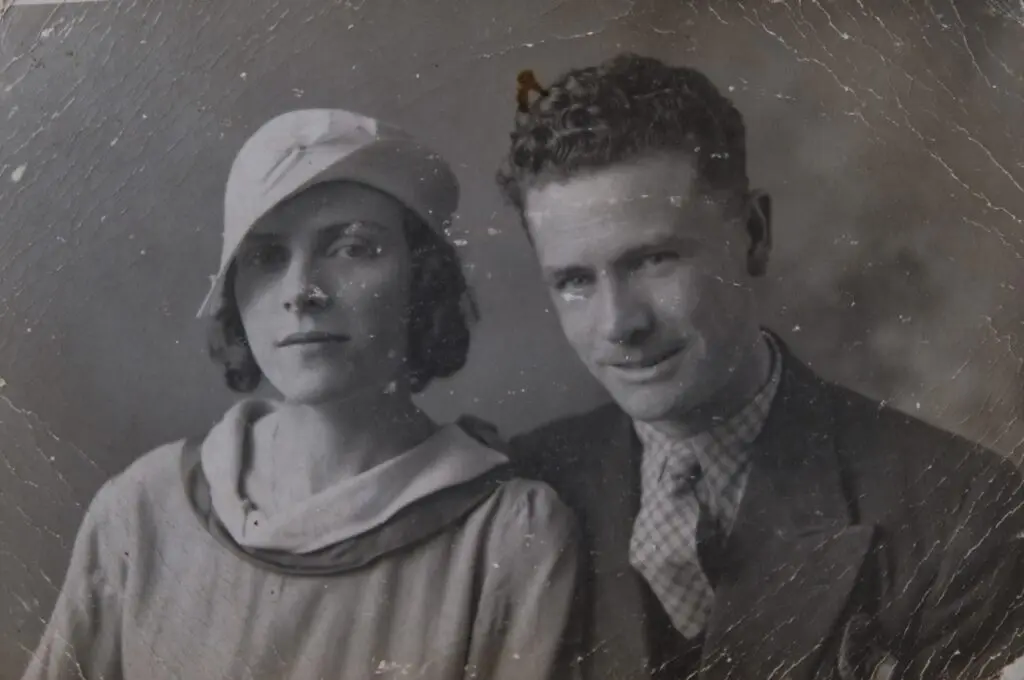
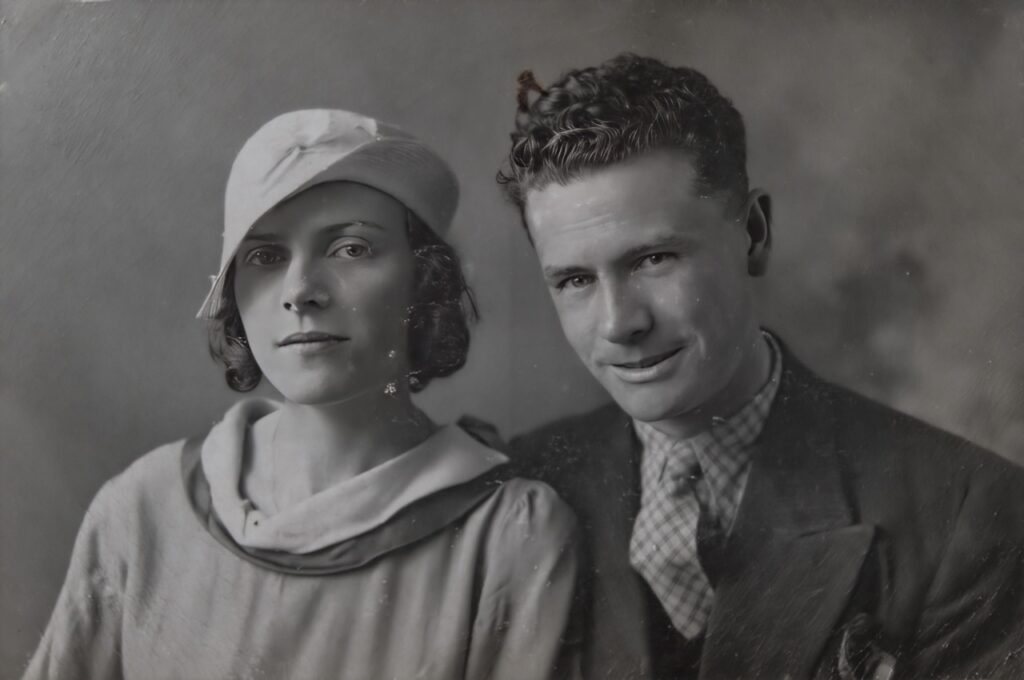
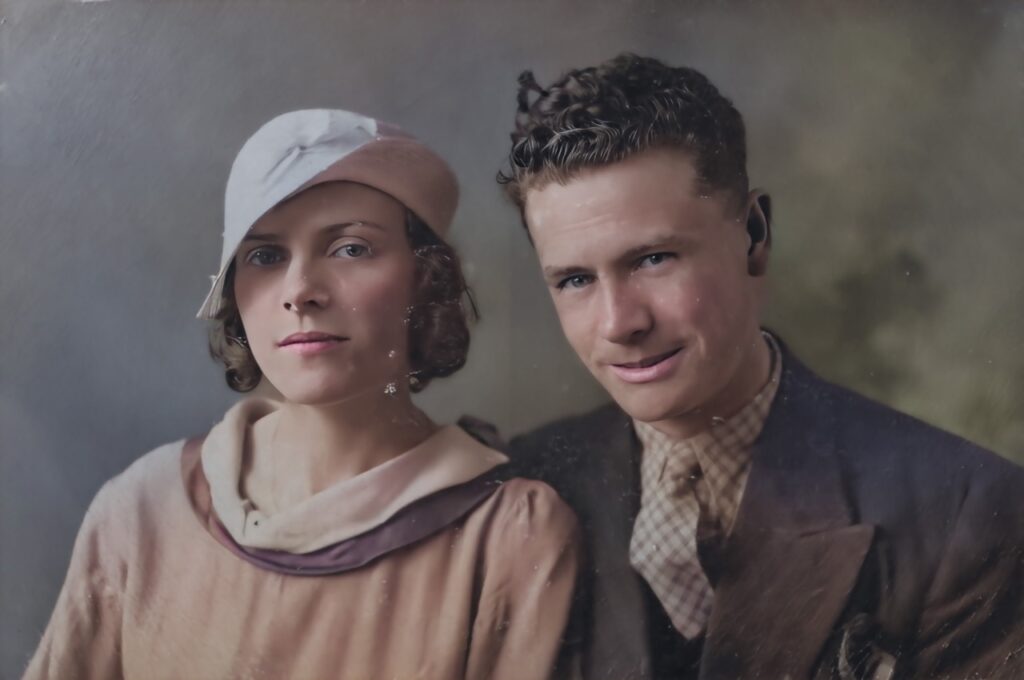



JasenkaG, converting photographs into black and white and keeping it real is not something that is easy, but with the help of the samples and tools above, its achievable. Thanks